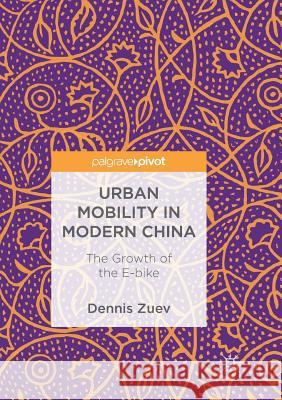Urban Mobility in Modern China: The Growth of the E-Bike » książka
topmenu
Urban Mobility in Modern China: The Growth of the E-Bike
ISBN-13: 9783030095277 / Angielski / Miękka / 2019 / 126 str.
Kategorie:
Kategorie BISAC:
Wydawca:
Palgrave MacMillan
Język:
Angielski
ISBN-13:
9783030095277
Rok wydania:
2019
Wydanie:
Softcover Repri
Ilość stron:
126
Waga:
0.18 kg
Wymiary:
21.01 x 14.81 x 0.76
Oprawa:
Miękka
Wolumenów:
01
Dodatkowe informacje:
Wydanie ilustrowane











